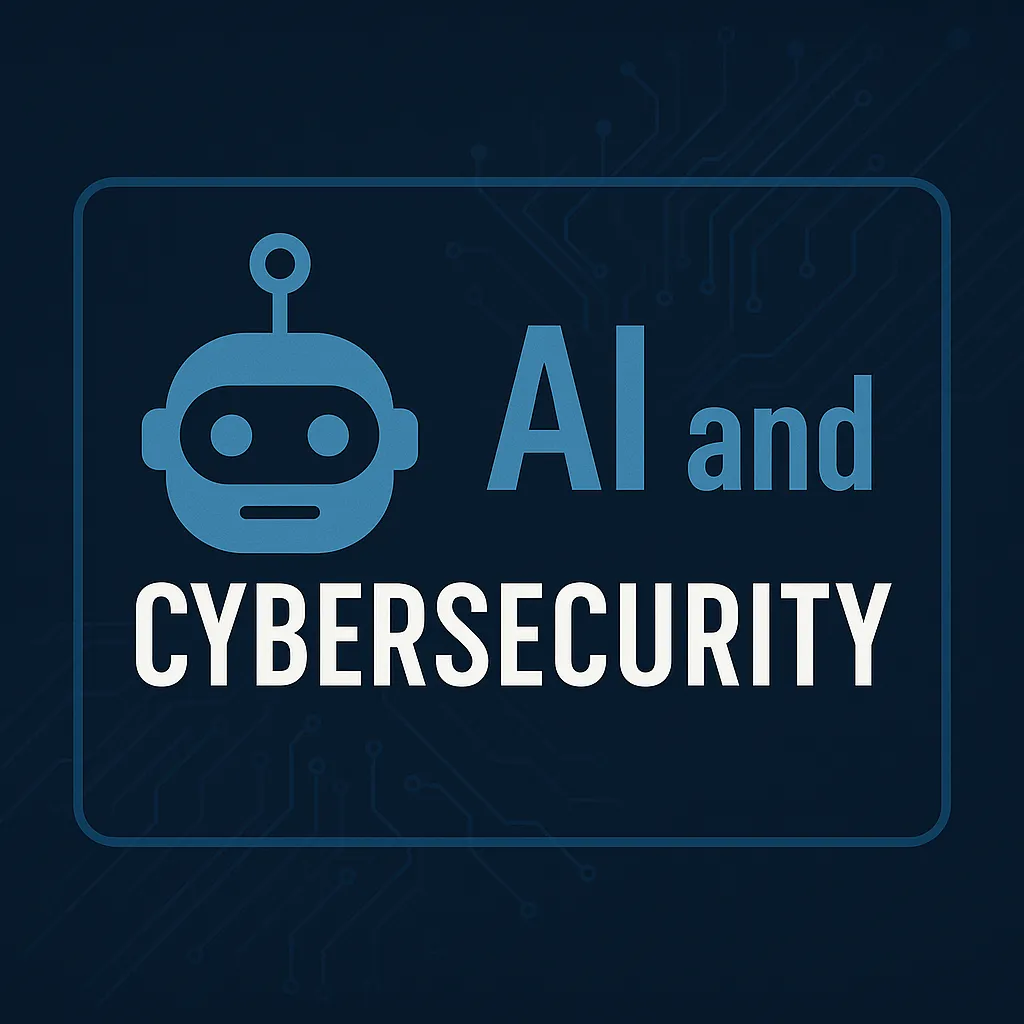The Intersection of AI and Cybersecurity: Enhancements, Threats, and Regulations
As the digital landscape evolves, artificial intelligence (AI) is increasingly becoming a pivotal element in shaping cybersecurity strategies. This article delves into how AI is redefining cyber defenses, the emerging threats it facilitates, and the regulatory environment shaping its use.
The Role of AI in Strengthening Cyber Defenses
AI's capability to analyze large datasets quickly and accurately is revolutionizing cybersecurity practices. According to a recent analysis (Punchbowl News), the U.S. government is actively incorporating AI technologies to enhance its cyber defenses. This technological advancement aids in predictive analytics, threat detection, and response strategies, making systems more resilient against cyber attacks.
AI-Driven Cyber Threats
Despite its defensive capabilities, AI also presents new challenges. The UK National Cyber Security Centre's report highlights the dual-use nature of AI, wherein the same technologies can be exploited to develop sophisticated ransomware attacks. These enhanced threats are more difficult to detect and mitigate, posing significant risks to global security infrastructures.
AI in International Cyber Operations
AI's impact on cyber operations is not limited to defensive measures. Countries like Iran are leveraging AI to conduct more complex cyber operations, as reported by Apple News. These AI-enhanced capabilities enable nation-states to execute coordinated attacks with higher efficiency and lower detection rates, underscoring the urgent need for advanced defensive technologies.
Regulatory Impact on AI and Cybersecurity
As AI becomes integral to cyber strategies, regulations are also evolving to address the associated risks. Future regulations may mandate specific safeguards such as encryption and continuous monitoring to mitigate threats. Insights from Packetstorm News indicate that upcoming global privacy laws and frameworks will significantly shape how AI technologies are implemented in cybersecurity.
Conclusion: Navigating the AI-Cybersecurity Landscape
The integration of AI into cybersecurity offers both promising solutions and formidable challenges. Organizations must stay informed and proactive in adopting AI-driven security measures while being vigilant of the potential abuses of the technology. The evolving regulatory framework will also play a critical role in defining the path forward. As we navigate this complex landscape, the synergy between AI and cybersecurity will undoubtedly be a cornerstone of future digital security strategies.

